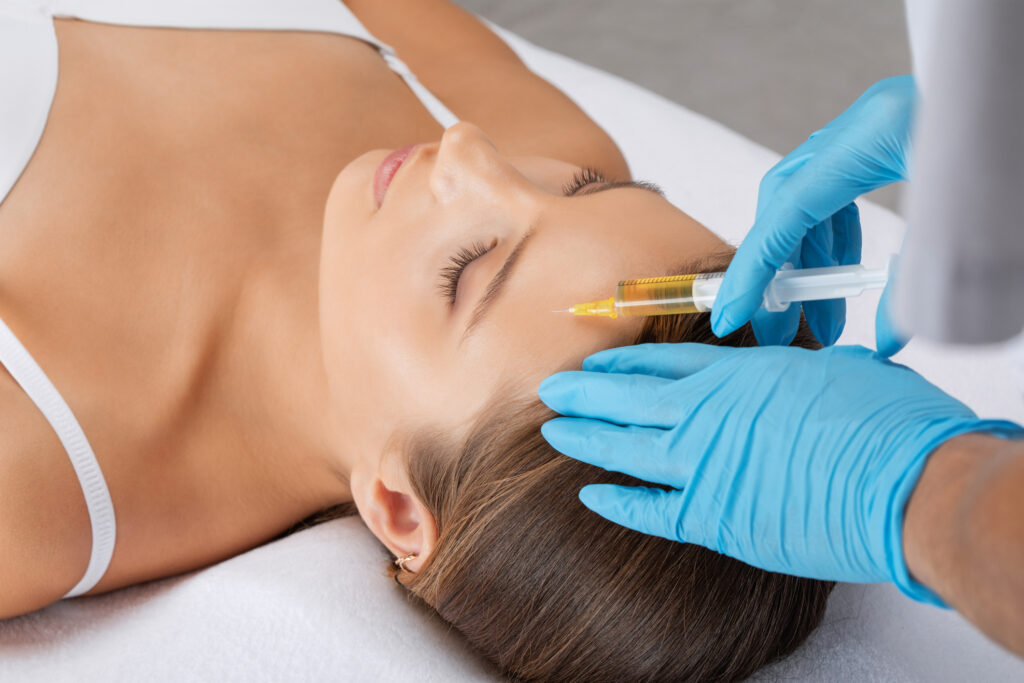Facial aging is a natural process that many individuals experience, marked by a decline in skin structure, as well as a decrease in essential proteins like collagen and elastin. This loss contributes significantly to the visible signs of aging, prompting a growing demand for effective rejuvenation treatments. Among the various options available, adipose-derived stem cells (ADSCs) have emerged as a promising avenue for enhancing facial aesthetics. However, despite their potential, comparative studies regarding different application methods of ADSCs remain limited.
In a recent scientific journal article, a team of researchers led by Alejandra delaO-Escamilla and Jair A Valdez-Zertuche from the Dermatology Department at Hospital Universitario “Dr. José E. González,” Universidad Autónoma de Nuevo León in Monterrey, Mexico, delve into the topic of facial aging and the application of ADSCs in rejuvenation treatments. The research highlights the necessity for more comprehensive studies to explore the efficacy of various methods of applying ADSCs, which could lead to improved outcomes for individuals seeking rejuvenation.
The article emphasizes that the structural decline associated with aging not only affects the skin’s appearance but can also impact an individual’s self-esteem and overall quality of life. As such, the quest for innovative and effective treatment options is crucial. The authors discuss the potential of ADSCs, which are derived from adipose (fat) tissue, as they possess unique regenerative properties and the ability to differentiate into various cell types.
The research team comprises experts from multiple disciplines, including dermatology and pathology, showcasing a collaborative effort to address the complexities of facial aging. Along with delaO-Escamilla and Valdez-Zertuche, other contributors include Jorge Lara-Arias, Andrés Noyola-Pérez, Alejandra Villarreal-Martínez, Sonia Chávez-Álvarez, Adrián Cuéllar-Barboza, Rodolfo Franco-Márquez, Jorge Ocampo-Candiani, and Osvaldo T Vázquez-Martínez. Their diverse expertise enriches the study, providing a well-rounded perspective on the application of ADSCs in facial rejuvenation.
The article serves as a clarion call within the scientific community, urging further investigation into the methodologies of ADSC application. By enhancing our understanding of how to best utilize these stem cells, researchers can potentially pave the way for more effective and tailored rejuvenation treatments, ultimately improving patient outcomes.
In conclusion, as the demand for facial rejuvenation treatments continues to rise, so does the need for scientific exploration into innovative solutions. The research on adipose-derived stem cells represents a promising frontier in dermatology, and ongoing studies will be crucial in determining the most effective application methods. The work of the authors in this field is not only significant for advancing scientific knowledge but also for addressing the aesthetic concerns that come with aging, helping individuals regain their confidence and enhance their quality of life.


